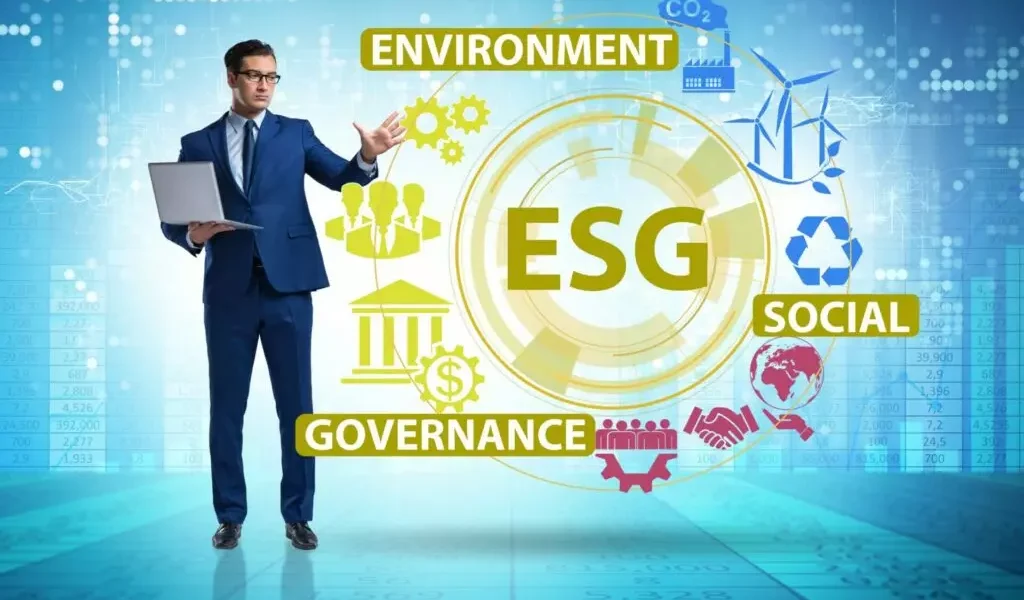Introduction
The first Shale Revolution transformed the U.S. into an energy superpower. With breakthroughs in hydraulic fracturing and horizontal drilling, American producers unlocked vast shale reserves, flipped the energy import-export balance, and reshaped global oil markets. But now, a new phase is emerging—Shale Revolution 2.0.
What does this next chapter look like? It’s not just about drilling deeper or faster. It’s about efficiency, sustainability, and resilience in a volatile global energy landscape.
1. From Growth to Discipline
In the early 2010s, the industry focused on rapid production growth. Today, the focus has shifted to capital discipline and profitability.
-
Publicly traded producers are prioritizing shareholder returns over sheer output.
-
Cash flow over barrel count is the new mantra.
-
Companies are streamlining operations, cutting waste, and maximizing returns from existing wells.
This signals a more mature, financially stable U.S. energy sector.
2. Technology is Still the Game-Changer
Shale 2.0 isn’t abandoning tech—it’s doubling down:
-
AI and machine learning for real-time data analytics
-
Automation in drilling and monitoring to reduce human error and operational costs
-
Carbon capture integration in upstream operations to lower emissions
-
Blockchain for better supply chain transparency and contract management
Technology isn’t just boosting output—it’s driving smarter, cleaner production.
3. ESG and the Path to Cleaner Shale
Environmental, Social, and Governance (ESG) standards are reshaping energy strategy.
-
Producers are reducing methane emissions, using renewable-powered drilling rigs, and improving water recycling.
-
There’s a growing push for certified “responsibly sourced” gas to meet global demand with environmental credibility.
-
Companies that fail to adapt face increasing regulatory, investor, and public pressure.
Shale 2.0 is about energy abundance with accountability.
4. Geopolitical Opportunity
With global tensions, from the Russia-Ukraine conflict to Middle East instability, American LNG and oil have become critical alternatives for allies.
-
U.S. LNG exports to Europe surged post-2022.
-
Strategic reserves and flexible production make the U.S. a stabilizing force in global markets.
Shale 2.0 positions the U.S. not just as a supplier, but a strategic partner in global energy security.
5. Innovation in Financing and Operations
-
Private equity is filling the funding gap as banks retreat from fossil fuels.
-
Joint ventures and asset-sharing agreements are becoming more common.
-
Digital twins, drones, and predictive maintenance are improving asset lifecycle and safety.
This operational reinvention supports sustainability—economically and environmentally.
6. The Road Ahead: Challenges & Opportunities
Challenges:
-
Regulatory pressure on emissions
-
Declining productivity in mature basins
-
Labor shortages and inflationary pressures
Opportunities:
-
Global LNG growth
-
Carbon capture as a new business line
-
Export infrastructure expansion
-
Collaborations with renewable energy projects



